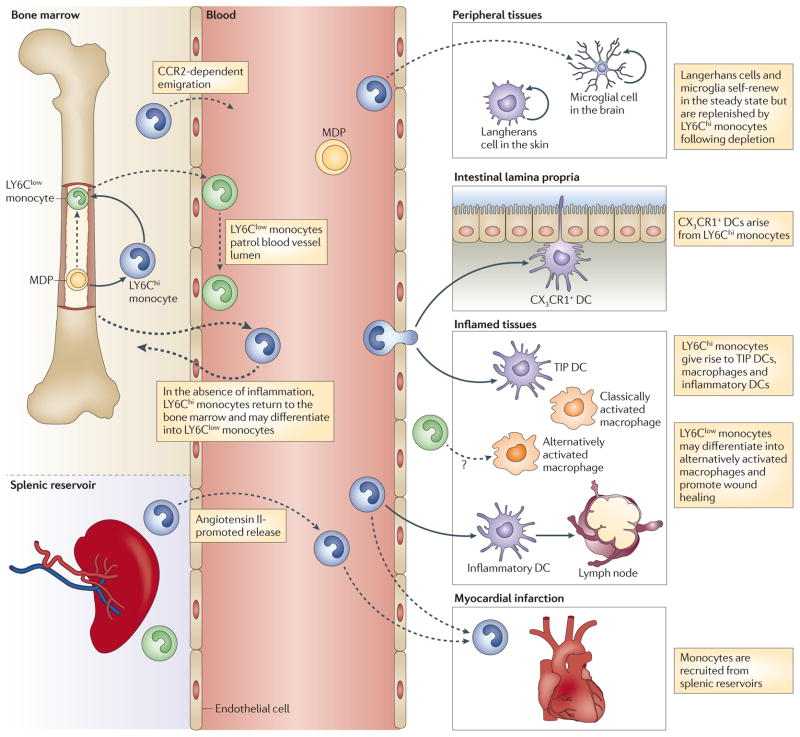Figure 1. Trafficking of circulating monocyte subsets.
Macrophage and dendritic cell precursors (MDPs) in the bone marrow give rise to LY6Chi monocytes, which can serve as an intermediate for LY6Clow monocyte generation. LY6Chi monocytes exit the bone marrow in a CC-chemokine receptor 2 (CCR2)-dependent manner and are recruited to inflamed tissues. Here, they can differentiate into TNF- and iNOS-producing dendritic cells (TIP DCs), inflammatory macrophages or inflammatory DCs, some of which can subsequently migrate to draining lymph nodes. LY6Clow monocytes patrol the blood vessel lumen by associating with the vascular endothelium. LY6Clow monocytes are also recruited to sites of inflammation and possibly contribute to wound healing by differentiating into alternatively activated macrophages. Under certain experimental conditions, LY6Chi monocytes can give rise to Langerhans cells in the skin, microglia in the central nervous system, and CX3C-chemokine receptor 1 (CX3CR1)+ mononuclear phagocytes in the intestinal lamina propria, where they can sample the gut lumen by extending dendrites between intestinal epithelial cells. In the absence of inflammation, some circulating LY6Chi monocytes return to the bone marrow. The spleen functions as a reservoir for monocytes outside the bone marrow. Following myocardial infarction, monocytes are released from splenic reservoirs, and LY6Chi monocytes are selectively recruited to the injured heart.

